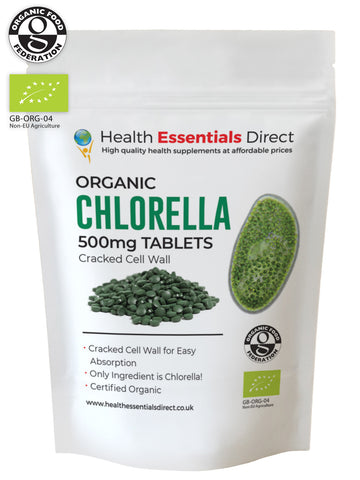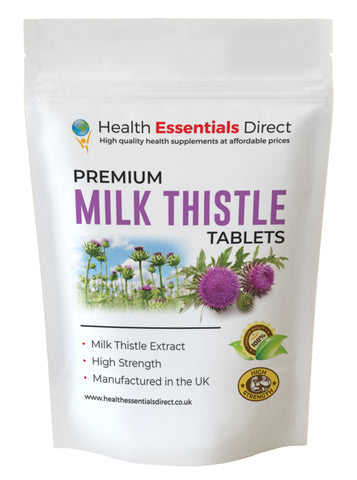Shatavari Capsules - High Strength Extract 20% Saponins (Asparagus Racemosus)
1
Shatavari Capsules - 20% Saponins
-
High Strength Extract 20% Saponins
-
100% Shatavari, No Fillers
-
Vegan HPMC Capsules
About Shatavari
The Shatavari plant (Asparagus racemosus) is a climbing shrub which is native to India, Southeast Asia, Australia and Soe parts of Africa. It is also widely grown in China, Nepal, and the Himalayas. Some of the other common names it goes by are satavari and shatavar. It is also referred to as ‘the queen of the herbs’ due to its myriad of applications in the herb world. Shatavari is a Sanskrit term that consists of two words, “shat” meaning 100 and “vari” meaning husband. It translates to “she who has 100 husbands”. It is believed that upon taking it, women have the strength to accommodate up to 100 men. Shatavari powder, which is processed into shatavari capsules, has a bitter-sweet taste and was often mixed with honey, milk, tea, and other cuisines before it was consumed in the past.
The shatavari plant is a perennial plant as it grows throughout the year. It grows to a height of 1-2 meters tall. It has small spiky flowers and green needle-like leaves. The fruits from the plant are purple in colour. The plant has brittle climbing stems which are light-brown in colour. It possesses several tuberous roots that are closely packed. The roots are usually harvested, sun-dried, and ground to form shatavari powder which is processed into capsule form. The shatavari plant thrives in rocky soils and soils which are shallow. It can be cultivated in loamy soils, laterite soils, and black soils. However, this plant will produce the best yields if the soil is well-drained and the pH is between 6-8m. Shatavari grows best in warm tropical climates with temperatures ranging from 24°-39 °C, although it is also tolerant to low temperatures. It can endure drought conditions fairly well thus reducing the need for constant irrigation. Sowing of seeds is carried out in June on raised beds. The beds are covered with thin clothing to prevent the soil from losing too much moisture. Seedlings become ready for transplanting once they reach 45cm in height. Harvesting is carried out in March using Kudalis. The harvested roots are peeled in boiling environments. They are then naturally dried before being graded according to colour and ground to powder.
Shatavari has a rich history of use that spans over 1000 years. Shatavari has been widely mentioned in ancient Indian texts, Charak Samhita and Ashtang Hridyam. It was revered in women circles due to its varied applications. It was also used by the native tribes from the Himalayas as a nourishing food source and fodder for animals. In Thailand, shatavari was consumed by pregnant women in the course of the pregnancy. It was especially used by women who had a history of miscarriages. Also, the plant was and is still popular among mothers who are breastfeeding. In India and Southeast Asia, women who had hit menopause included the plant in their dishes and beverages. This way, they appeared livelier and in better moods at a time when there seemed to be a decline in the quality of life that they lived.
- Please note it is against MHRA guidelines for us to talk about any potential health benefits for this supplement however a quick google search on the potential benefits and you may be surprised.
How to use: We suggest taking 1 - 2 capsules daily with water
Share this Product
Bad service no delivery on order
Bad service and waiting for delivery for 2 weeks







